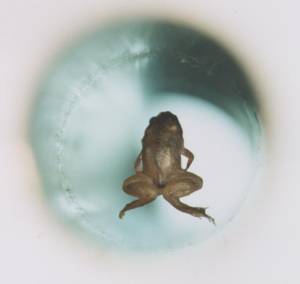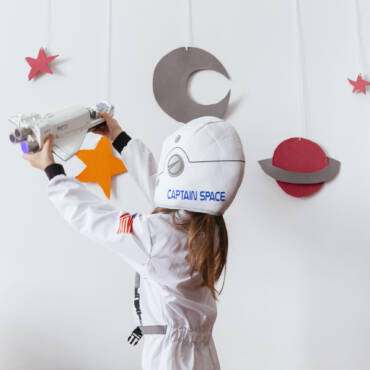This year’s Ig Nobel prizes were awarded at the “27th First Annual Ig Nobel Awards Ceremony” last week, and as always they celebrated a plethora of surprising and bewildering research.
If you haven’t heard of the Ig Nobel prizes before, you’re in for a treat. They are designed to celebrate achievements that “make people laugh then think”. Let’s face it, what better achievements are there than these? Doing things that both entertain people and ignite their curiosity is what Letterbox Lab and the Letterbox Scientists who enjoy our kits, are all about.
This year’s prizewinners included a Brit who addressed the age-old question of why old men have big ears, and a Frenchman who applied principles of fluid dynamics to cats. That’s right, modelling cats as liquids.
The award categories vary from year to year and are generally to be taken with a pinch of salt. The peace prize is often an opportunity for heavy sarcasm (in 2013 it went to Belarus State Police, for arresting a one-armed man for applauding) but this year’s is an undeniable breakthrough for long-suffering spouses worldwide. It went to a team whose research demonstrated that didgeridoo playing is an effective treatment for snoring.
This year was also the third time a fluid dynamics prize was awarded, for research into what happens to a cup of coffee as it is being carried by a person walking backwards. Interestingly, the last time a fluid dynamics prize was awarded was in 2012, for research into what happens to a cup of coffee carried by a person walking (we assume) forwards. The first prize was for calculating the buildup of pressure in a penguin as it performs a projectile poo. ‘Eclectic’ is definitely the word to describe the range of achievements being celebrated in these awards.

Under pressure
I could keep listing interesting and hilarious awards until the 28th Ig Nobel Awards Ceremony, but we’ve probably made our point now (and you can read the list here). Suffice to say, research that seems silly is celebrated. But why?
Perhaps it’s because, often, beneath the frivolous surface, there are important lessons to be learned from silly sounding studies. The 2012 neuroscience prize went to a team who put a dead salmon into a very expensive fMRI scanner. Sounds like a pretty silly thing to do, sure, but by demonstrating that they were able to read and interpret the brain activity detected by the machine when the salmon was presented with a task (I know, it’s just sounding sillier), the team highlighted the dangers of believing everything that is spewed out of a machine, just because it is expensive and fancy.
Sometimes the silliness is just a means to a very non-silly end. Andre Geim, so far the only person to have won both an Ig Nobel and a Nobel prize, was awarded the former for using magnetism to levitate a frog. Levitation? That’s an awesome achievement! But levitating a frog is an awesome achievement that’s also hilarious. Except perhaps for the frog who probably didn’t have a sense of humour about the situation.

Magnetically levitating a live frog. The research team behind this impressive feat have an important message for nay-sayers: “We apologise to those who believe that “the real physics” should involve only obscure substances and be always dull.” Read a super simplified explanation of the demonstration here.
Photo courtesy of Lijnis Nelemans, High Field Magnet Laboratory, Radboud University Nijmegen, shared under a CC BY-SA 3.0 license.
Geim spoke of his “pride in our sense of humor and self-deprecation” on accepting his Ig Nobel, and this highlights an important value of celebrating silly research. Scientists, after all, are real people, with emotions, whims and hunger for jokes.
What we can really gain from reading about the broad range of weird and wonderful research that is celebrated at this annual ceremony is an appreciation for the people who make it their business to question, probe and wonder. Silly science represents the enormous breadth of human curiosity, and the joy of every discovery.
Letterbox Lab are on a mission to help people play with science. From slimes and swirls to rainbows and rockets, our monthly science kits are packed with experiments that both entertain children and ignite their curiosity. We celebrate the silly and create endless opportunities to make surprising discoveries, all from the comfort of your home and with no extra ingredients needed but water. Stay up to date by following us on Facebook, Twitter, Instagram, Pinterest, and Youtube, or by joining our mailing list below:




Add Comment